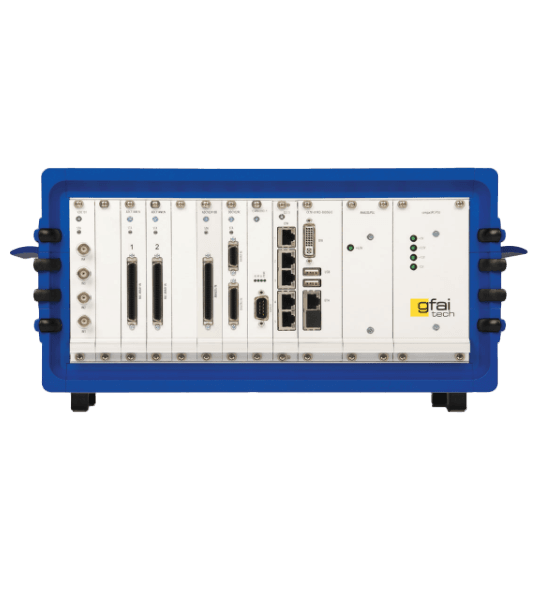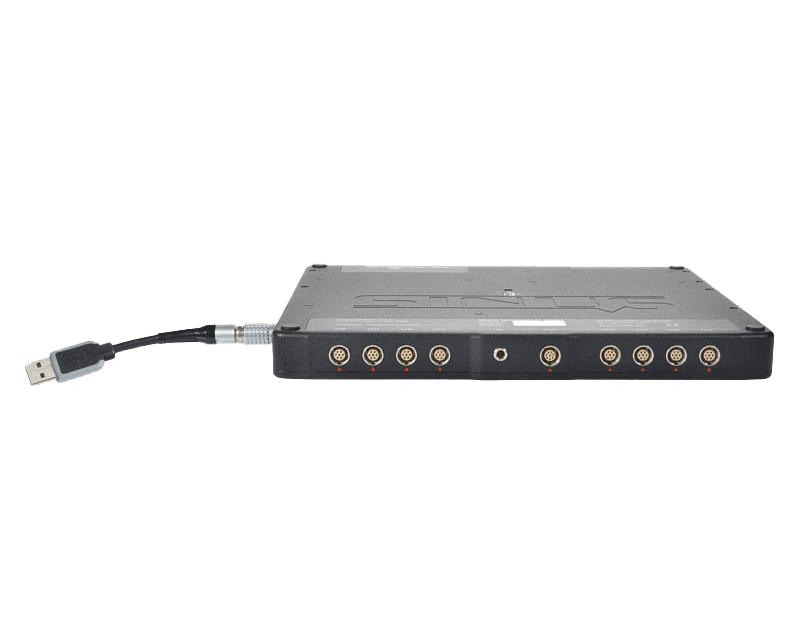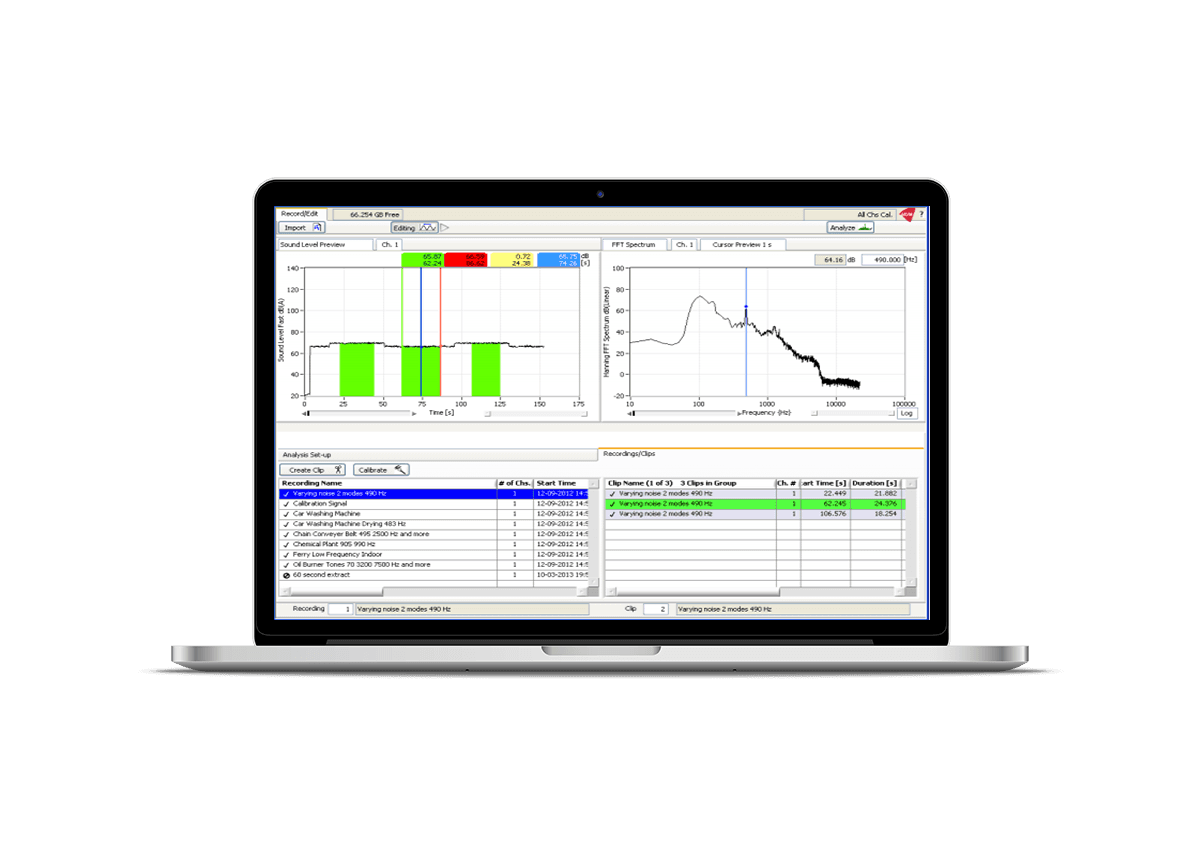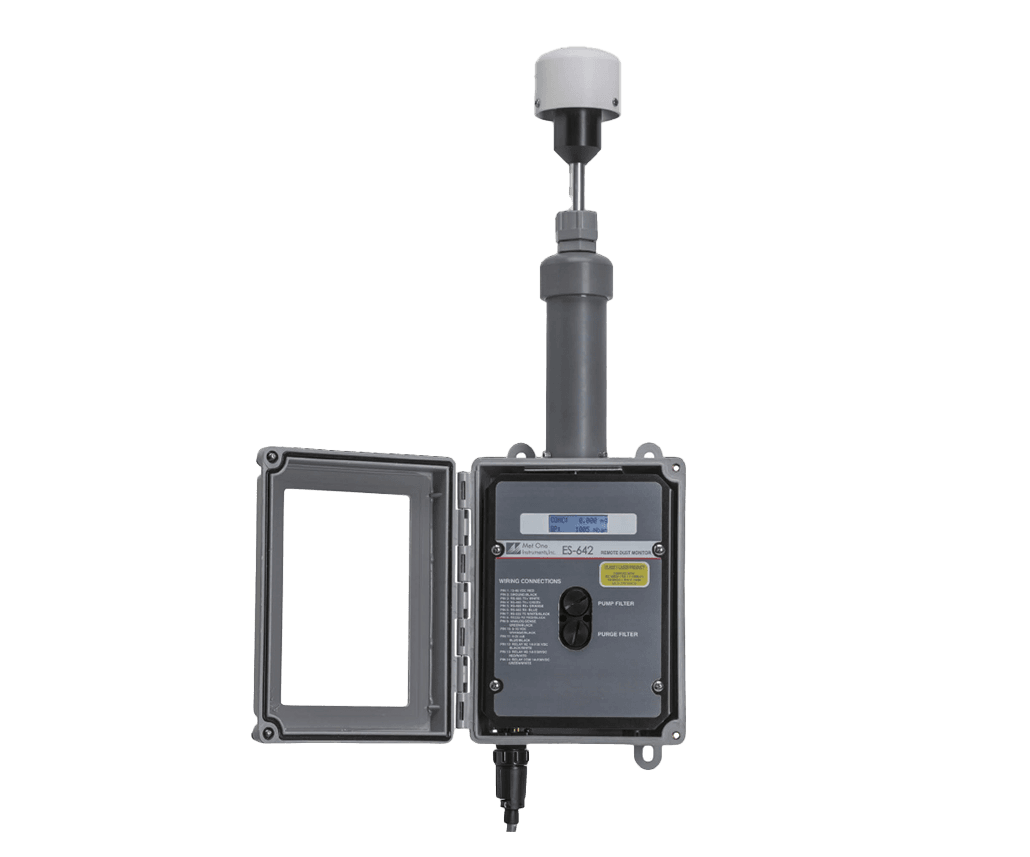When I look at the spec sheets for microphones and sound level meters, I see reference to Dynamic Range, Measurement Range and Linearity Range. Surely these are the same, or am I confused?
They are completely different definitions, although measurement range and dynamic range are often used interchangeably:
Dynamic Range
This is generally the range a device will operate over, which for e.g. a microphone, will be the range between its noise floor at the lower end, and its damage limit at the top end (in practice, this will be defined as the 3% distortion limit rather than damage).
As an example, a microphone with 50mV/Pa, often used on sound level meters, the dynamic range will be typically 15dBA to 148dBA.
At 15dBA then, you have no certainty that you are measuring what you want to measure, rather than just the thermal noise of the microphone.
Measurement Range
This is the range over which you can get a measurement of acoustic pressure, in dB but also pascals might be useful.
This will generally be less than the dynamic range of the microphone, as we have to use a preamplifier (which might have a limited voltage swing at the top end, and its own self-noise at the bottom end.
For example, when the microphone above is used with an IEPE powered preamplifier, with a 28V power supply, then the measurement range will be 17dBA to 142dBA.
This also applies to sound level meters, which have much more complex electronics behind the microphone assembly, and in practice, you may find that a sound level meter has two or even three switchable measurement ranges, in order to cover the complete desired range of acoustic measurements.
Linearity Range
This is a specific range defined by BS EN 61672 which covers the performance of complete sound level meters. It is the measurement range over which we can be confident of a good measurement within the tolerances of the standard. In other words, we can be confident that the result we obtain is linearly related to the incident acoustic pressure.
Any results yielded outside this range must be tagged with an overload or underload indicator, to show we are outside the accurate range of the instrument.
For a typical Class 1 sound level meter to IEC61672, such as the 979 from Svantek which uses a microphone such as the one above, the linearity range is 22dBA Leq to 140dB Peak. However, you may get results down to 12dBA* as defined by its measurement range, but you can’t be sure how much of the noise is real, rather than self-generated. Therefore, it will be tagged with an underload indicator.
You can still use the results if you have to, but it won’t be within the BS EN 61672 Class 1 tolerances.
*It’s less than the 15dBA above, as we use compensation trickery to correct the effect of the noise.
In general:
Dynamic Range > Measurement Range
Measurement Range > Linearity Range
Linearity Range only refers to sound level meter devices classified to BS EN 61672. This standard covers the whole measuring instrument, and you cannot cherry-pick parts of the standard to specify the performance of components. For example, there is no such thing as a Class 1 microphone to BS EN 61672.
Note than the ‘sound level meter’ also includes case reflection data, windscreen and any filters applied.
So, if I’m comparing the datasheets of two Class 1 sound level meters, I should only use the Linearity Range in my comparison, even though the Measurement Range is bigger? Correct.
AcSoft sell a range of measurement microphones and Class 1 sound level meters. Get in touch to speak to one of our experts today.









